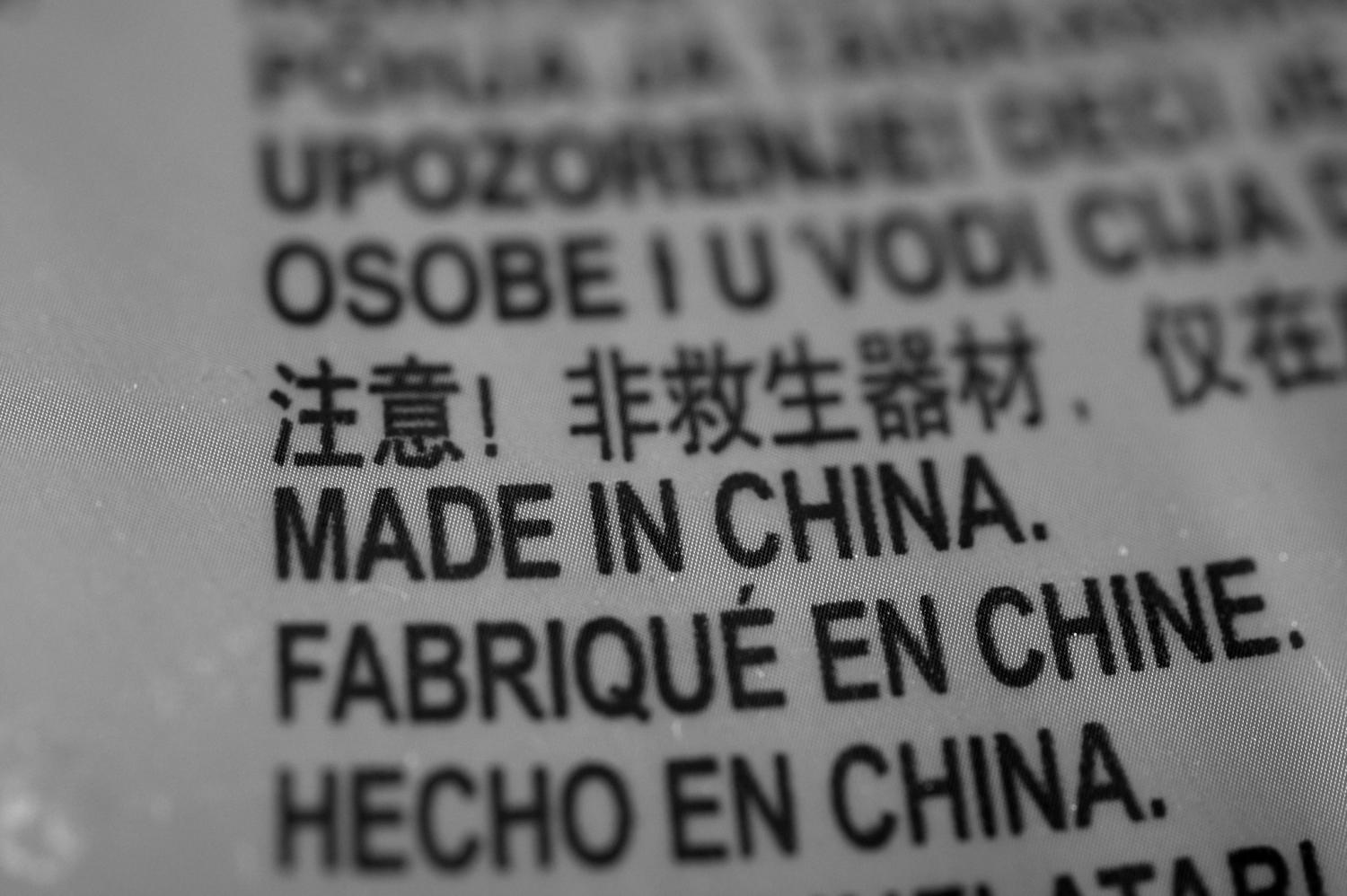The meeting this week between Australian Trade Minister Don Farrell and his Chinese counterpart Commerce Minister Wang Wentao represents more than just the next instalment in the warming of diplomatic ties. The virtual meeting on Monday gives the best sign of hope yet for Australian exporters, still feeling the impact of disruptive trade measures imposed by China in 2020, will start to see them finally wound back.
Three years ago, two-way tensions in Australia-China diplomatic relations spilt over into what effectively became a one-sided trade war, effectively blocking more than $20 billion of Australian exports.
Australian producers of barley, beef, wine, lobsters, and coal were casualties caught in the political crossfire.
This shook the confidence of Australian businesses in other categories, as well as Chinese distributors, as no one wanted to be caught out as part of the next sector to be targeted. Exporters quickly sought new destinations for their goods, just as the Covid-19 pandemic created supply challenges, including surging freight costs.
The focus on trade diversification intensified among the government and private sector alike. The risks associated with concentrated trade with China became a cautionary tale of economic vulnerability and business risk.
Indeed, in May 2022, the then shadow Trade Minister Madeleine King launched Labor’s Trade Diversification Plan featuring a renewed focus on renewing and revitalising trade ties with many of our neighbours in the Indo-Pacific. Others, including Asialink Business, advocated that a “China Plus” strategy of growing additional trade relationships represented a realistic path for diversification.
Despite all the challenges of recent years, Australian exports are at an all-time high, with ABS data revealing that merchandise exports reached a record $533 billion last year. China’s share of Australian exports was down to less than 30 per cent from a high of 42 per cent in 2021 but still showed a slight increase in dollar terms. Clearly, the desired effect of China’s trade measures was to signal its displeasure at a political level, but the resilience of the Australian economy, due in part to the attractiveness of Australian products and the ability of exporters to find alternate destinations, was unanticipated.
China’s desire to play its part in normalising relations with Australia is a recognition that the tactic of banning imports was less effective than intended and was only denying the Chinese economy and Chinese consumers access to the valuable products that Australia provides. Confrontational language from both governments has now taken a relative backseat to more constructive dialogue. The relaxing of trade restrictions seems inevitable.
Australian exporters will soon be presented with the option of resuming trade with the largest consumer economy in the world or continuing down the path of exploring new and growing markets, particularly elsewhere in Asia. In an ideal world, businesses would do both, but the reality is that it often comes down to a choice in priorities and resources.
While it’s easy to advocate that we should never again see a situation arise where we put all our eggs into the China basket, the allure of premium prices will be hard, and in some cases, impossible to ignore. Not all Australian exporters found a substitutable market for their products. In a purely commercial transaction, a new order from a Chinese distributor will be readily fulfilled.
Conversely, Australian exporters are building their skills and knowledge to succeed in new markets. While countries such as Japan and South Korea are our second and third-largest export destinations, there is growing interest in markets such as India, Indonesia, and Vietnam. The latter are notable for their large populations, their high rates of growth (higher than China’s according to the International Monetary Fund) and their all-important growing middle class. The Australia-India Economic Cooperation and Trade Agreement (ECTA) and the Indonesia-Australia Comprehensive Economic Partnership Agreement (IA-CEPA) are recent free trade agreements that provide preferential market access for Australian exporters.
While the government doesn’t instruct companies to diversify, it does want Australian businesses to be more engaged internationally, specifically in Asia, and to play their role in increasing the resilience of the Australian economy via diversified trade relationships.
Exporters will find increasing encouragement to explore new markets and new opportunities. This is evidenced by the appointment of ex-Macquarie chief Nicholas Moore to oversee the development of the Southeast Asia Economic Strategy to 2040, which specifically references matching “Australian capabilities” to trade and investment opportunities in our nearest region.
Developing our business capabilities relevant to Asia will be as much about diversifying commercial opportunities as it will be about strengthening our ability to combat economic coercion as a tool of statecraft.

